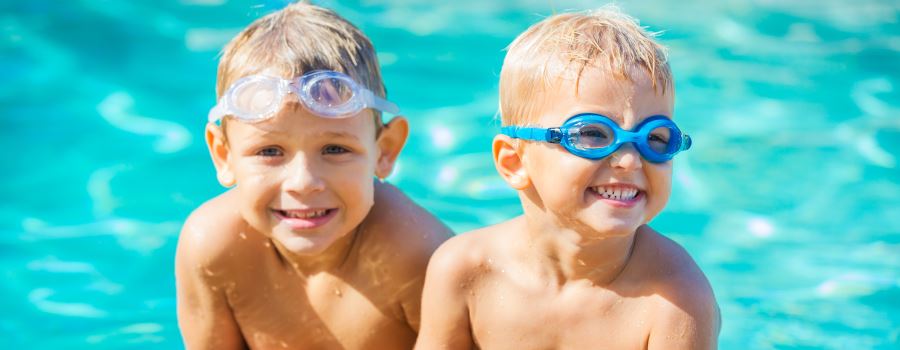
The primary aim of water-safety education is to prevent drowning, and it’s a vital part of any aquatics program. Children will ideally start their water safety education at home, but their knowledge should increase greatly when they start dedicated swimming lessons. It is important you structure your lessons, so you can include components of water-safety education each time.
When thinking about how to teach water safety it’s useful to think about what real life situations the child/student may find themselves in, and what skills they would need. Even basic water safety education can mean the difference between someone drowning or not.
Some important areas to teach students are:
- How to identify the hazards of aquatic environments and how to avoid them (the home, public swimming pools, the beach, rivers, lakes and dams etc)
- Various advisory signs they may come across in each environment and what they mean
- Important things to remember when participating in aquatic activities (swimming, boating, fishing etc)
- Key survival skills (safe entries/exits, floating, sculling, signalling for help)
- Key rescue skills (identifying a person in difficulty, self-preservation during a rescue, the rescue techniques and recommended order of use to increase safety, the defence position etc)
As the student progresses through their stages, they should be learning more complex and difficult water-safety skills to equip them for multiple aquatic environments. Introducing water safety doesn’t have to be complicated; it can be as simple as teaching students to identify the lifeguards, learn the emergency phone numbers or how to signal for help. By linking your skills to real-life situations, the students will better understand what the skills can be used for, essentially helping them to be able to make a calm assessment of an emergency should it occur.
For more information on water safety education content please refer to the Royal Life Saving Society Australia - Swimming & Lifesaving Manual and AUSTSWIM – Teaching Swimming and Water Safety the Australian Way.
